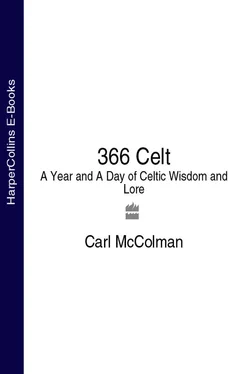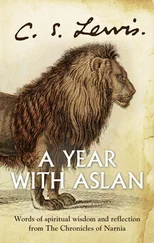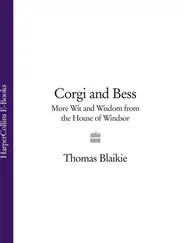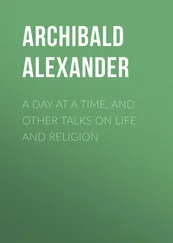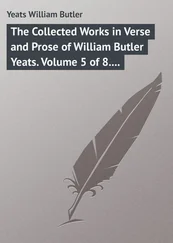The great achievement of Christianity in the Celtic world came not from how it triumphed over the pagan spirituality that existed prior to its arrival, but—on the contrary—how it more or less seamlessly integrated the earth-honoring traditions of the pagan Celts into its singular vision of faith. Celtic Christianity is nature Christianity. Nowhere is this more clearly set forth than in the Lorica of Saint Patrick, a poem-prayer that invokes Divine protection:
I bind unto myself today
The virtues of the star-lit heaven ,
The glorious sun’s life-giving ray ,
The whiteness of the moon at even ,
The flashing of the lightning free ,
The whirling wind’s tempestuous shocks ,
The stable earth, the deep salt sea
Around the old eternal rocks.
(Translated by Cecil F. H. Alexander)
The entire poem is primarily about protection in Christ (as befits a Christian poem). But as the above stanza clearly shows, the grace of Celtic Christianity is mediated as fully through nature as through church or word or sacrament.
In the Carmina Gadelica , an anthology of Scottish folk prayers and poems collected in the late-nineteenth century, we see how Celtic Christianity carried its nature-positive spirituality into the modern world. The ordinary Christian folk of Gaelic-speaking Scotland offered prayers and the poetry of praise at every moment of the day, and in every setting—from rising out of bed, to stoking the fire, to milking the cow, to traveling or fishing or spinning thread. “Nature” in this rich spiritual tradition means more than just the environment. Arising out of the essential truth that all things are part of nature—including humanity and the culture of the world we’ve created—the Carmina Gadelica sings of the natural presence of God and Mary and all the saints (with the occasional pagan god or goddess thrown in) throughout the daily rhythm of life. There is no separation between nature and grace, or between nature and humanity—or between nature and the divine. All is interwoven. And that tapestry is held together in the language of devotion and praise.
Relating to nature as a Sacred Other, not as an exploitable resource … allowing nature to function as a means of grace in our lives … recognizing that nature means more than just the unspoiled wilderness, but in a deeper and more real sense encompasses all aspects of the material world—these are but a few of the treasures revealed to us by the simple yet richly-textured tradition of Celtic nature mysticism. And as we conclude this path within the Celtic tradition, bear this in mind: just as you are not separate from God, or not separate from nature, or not separate from grace, so too are you not separate from the rich tradition of Celtic wisdom. Whether you are a Celt by ancestry or by the stirrings of your heart, if you embrace the Celtic tradition, you are part of it. Which means that the choices you make, the poems you write, the decisions you come to in your life to honor the natural world, are all part of the ongoing symphony of Celtic mysticism. Celtic spirituality is not a museum installation; it is a living path of insight and illumination. Consider how you can honor the goddess of the land and allow the grace of nature to flow in your life. Then you will become a living conduit of the Celtic way.
The tale is told that long ago, with the transition from oral tradition to the preservation of lore in medieval manuscripts, somehow the great Irish epic The Tain (the Cattle-Raid of Cooley) had been lost. Sadly, no one survived who knew the tale. Like a language that had died, the rich stories and myths surrounding the tale of the war in Ulster had disappeared, seemingly forever.
But not so fast. Around the year 600 CE, a great Irish bard named Senchán Torpéist attempted to gather the missing strands of the story together, so that it might be remembered and handed down to future generations. He consulted with various bards and poets and scribes, all of whom knew part of the story, none of whom knew the entire narrative. When it seemed futile and he was on the verge of giving up, the bard received a vision. In it he was visited by Fergus mac Róich, one of the great mythic kings and heroes of Ulster, and a tutor to the young hero, Cúchulainn. In the vision, Fergus carefully recounted every detail of The Tain to Senchán Torpéist, and so the story was saved. The bard saw to it that it was written down, and so the epic survives to this very day.
Конец ознакомительного фрагмента.
Текст предоставлен ООО «ЛитРес».
Прочитайте эту книгу целиком, купив полную легальную версию на ЛитРес.
Безопасно оплатить книгу можно банковской картой Visa, MasterCard, Maestro, со счета мобильного телефона, с платежного терминала, в салоне МТС или Связной, через PayPal, WebMoney, Яндекс.Деньги, QIWI Кошелек, бонусными картами или другим удобным Вам способом.
